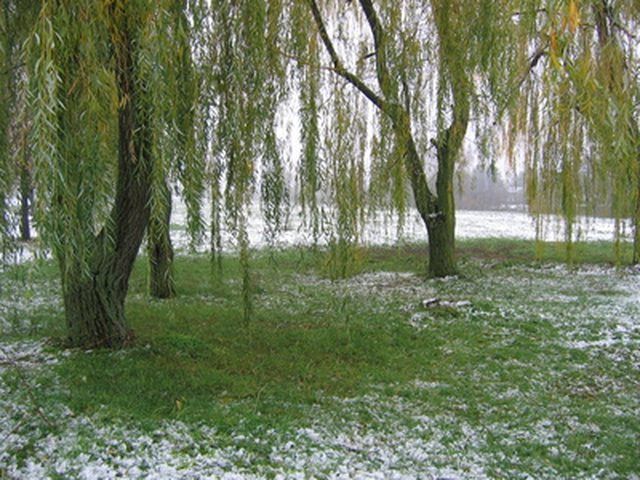Bulbs
Flower Basics
Flower Beds & Specialty Gardens
Flower Garden
Garden Furniture
Garden Gnomes
Garden Seeds
Garden Sheds
Garden Statues
Garden Tools & Supplies
Gardening Basics
Green & Organic
Groundcovers & Vines
Growing Annuals
Growing Basil
Growing Beans
Growing Berries
Growing Blueberries
Growing Cactus
Growing Corn
Growing Cotton
Growing Edibles
Growing Flowers
Growing Garlic
Growing Grapes
Growing Grass
Growing Herbs
Growing Jasmine
Growing Mint
Growing Mushrooms
Orchids
Growing Peanuts
Growing Perennials
Growing Plants
Growing Rosemary
Growing Roses
Growing Strawberries
Growing Sunflowers
Growing Thyme
Growing Tomatoes
Growing Tulips
Growing Vegetables
Herb Basics
Herb Garden
Indoor Growing
Landscaping Basics
Landscaping Patios
Landscaping Plants
Landscaping Shrubs
Landscaping Trees
Landscaping Walks & Pathways
Lawn Basics
Lawn Maintenance
Lawn Mowers
Lawn Ornaments
Lawn Planting
Lawn Tools
Outdoor Growing
Overall Landscape Planning
Pests, Weeds & Problems
Plant Basics
Rock Garden
Rose Garden
Shrubs
Soil
Specialty Gardens
Trees
Vegetable Garden
Yard Maintenance
How to Train a Weeping Willow
How to Train a Weeping Willow. The weeping willow (Salix salicaceae) is a tree known for its ample size and long hanging branches. Like all trees, the weeping willow requires proper care to thrive. It is important to train the weeping willow when young to grow wide branches and a strong central trunk to increase the strength and longevity of the...

The weeping willow (Salix salicaceae) is a tree known for its ample size and long hanging branches. Like all trees, the weeping willow requires proper care to thrive. It is important to train the weeping willow when young to grow wide branches and a strong central trunk to increase the strength and longevity of the tree. Training and pruning of a weeping willow tree should occur in late fall or winter during the dormant season to prevent stressing the tree from excessive sap loss and decreasing the risk for infection or infestation from pests. Prune no more than necessary to prevent damaging the tree.
Things You'll Need
Weeping willow tree
Pole pruner and lopper
Safety gloves
Safety glasses
Bleach
Soap
Bucket
How to Prune
Put on safety gloves and safety glasses.
Break the bark of the weeping willow tree by cutting a small wedge in to the underside of the branch you want to prune on the branch side of the stem collar (the lip that separates the branch of the tree from the trunk) to prevent tearing of the bark when the pruning cut is made. This wedge should be several inches higher than the stem collar.
Make a sharp cut clean through the branch of the weeping willow tree with the pole pruner and lopper an inch or two higher than the wedge previously cut.
Shorten the stub left by the cut just made by making another clean cut with the pole pruner and lopper parallel to the stem collar on the branch side.
Where to Prune
Prune all branches that grow below 6 feet on the trunk of the weeping willow tree to create an open space under the canopy to allow for air circulation.
Cut any drooping branches as required to enabled access underneath the canopy for pedestrian uses.
Prune branches that crowd together or if a second mainline trunk begins to grow.
Cut away any dead, diseased or damaged branches to prevent the malformation of the tree whenever needed.
Disinfect and clean pruning tools after use to prevent spreading diseases. To disinfect, mix a solution in a bucket of nine parts water to one part bleach and rise tools thoroughly. Wash tools with soap and water then dry before storage.
Tips & Warnings
Hire a landscaping professional if you're not experienced in using the appropriate pruning tools to prevent injury to yourself.